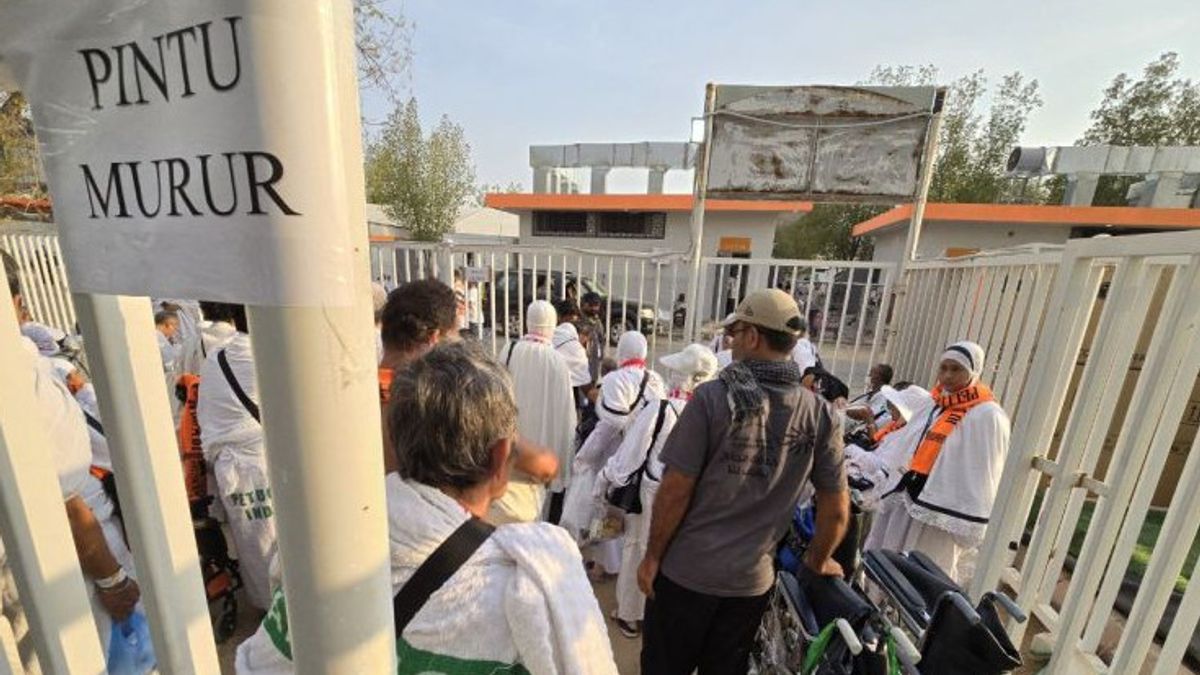JAKARTA - Head of the Ministry of Health's Hajj Health Center, Liliek Marhaendro Susilo, said that the Murur policy implemented by the government during this year's Hajj season made elderly pilgrims, disabled, and high risk less exhausted.
"The impact is extraordinary. So, with Murur, the indicator is that we are logically, at Mina's health post there are not so many who are sick," said Liliek while reviewing the health post on the Jamarat route, Mina, quoted from Antara, Tuesday, June 18.
Mabit di Muzdalifah dengan cara Murur adalah mabit (berlur) yang dilakukan dengan cara melintas di Muzdalifah, setelah menjalani wuskuf di Arafah.
The congregation when passing through the Muzdalifah area remained on the bus (not getting off the vehicle), then the bus immediately took them to Mina's tent.
This scheme is the first time it has been implemented for Indonesian pilgrims. Around 55 thousand people in the elderly category, high risk (crystals, and disabilities participate in this scheme and its impact reduces density in Muzdalifah.
Muzdalifah's shift to Mina did not experience any significant obstacles. Last year, the movement of pilgrims from Muzdalifah to Mina stalled due to traffic jams.
"Students are also very good, because this time the process of moving pilgrims from Muzdalifah to Mina, which last year caused many problems because of traffic jams, could be avoided," he said.
SEE ALSO:
In addition, Murur's scheme makes the elderly, complicated, and disabled pilgrims have a long time to rest.
"This is actually an anticipation to prevent our congregation from experiencing illness or maybe fatigue is more in this kind of weather," he said.
The English, Chinese, Japanese, Arabic, and French versions are automatically generated by the AI. So there may still be inaccuracies in translating, please always see Indonesian as our main language. (system supported by DigitalSiber.id)











